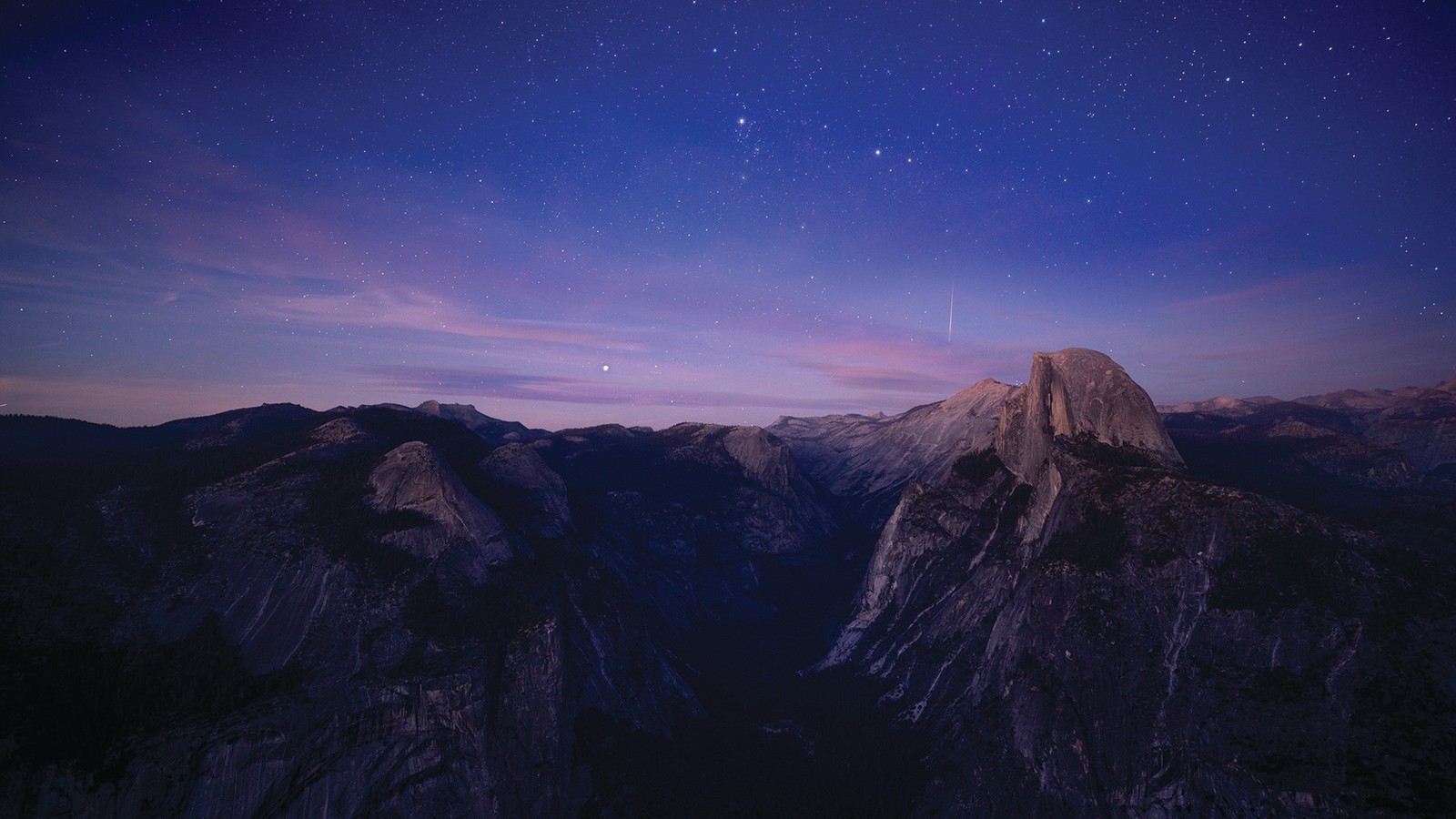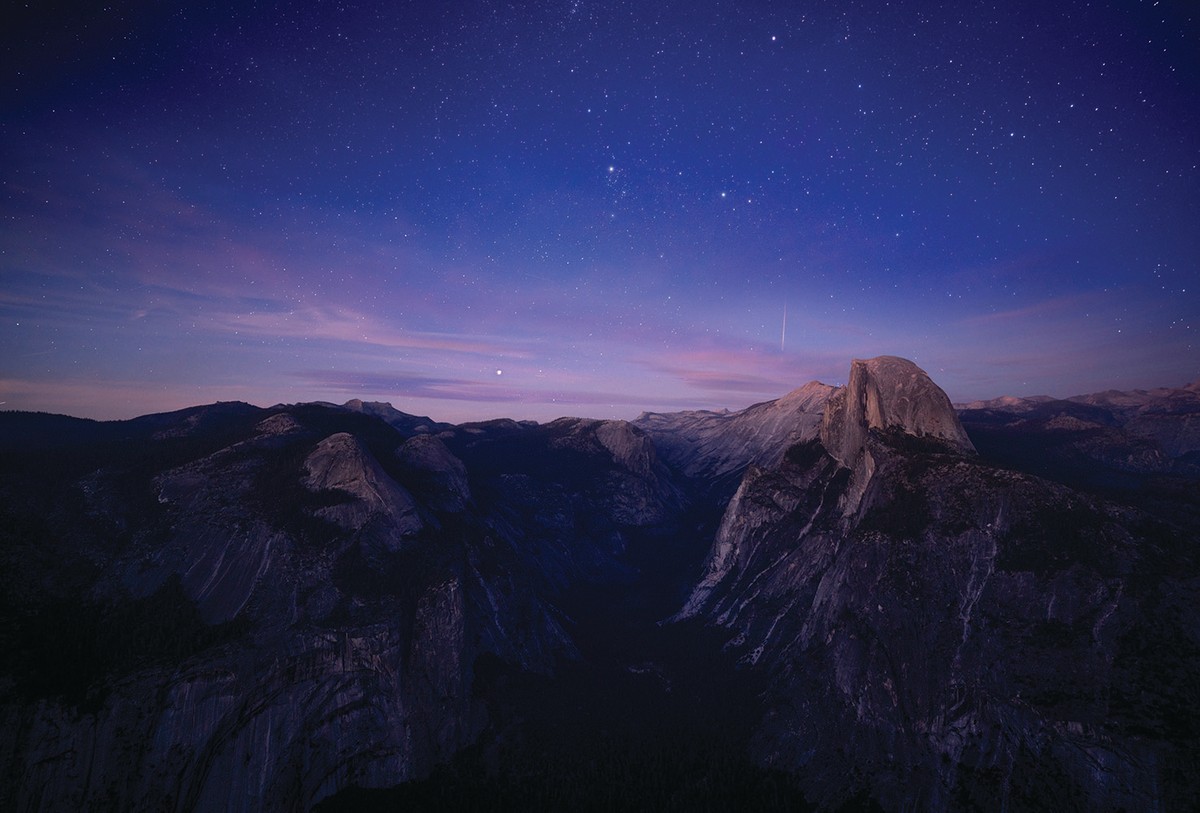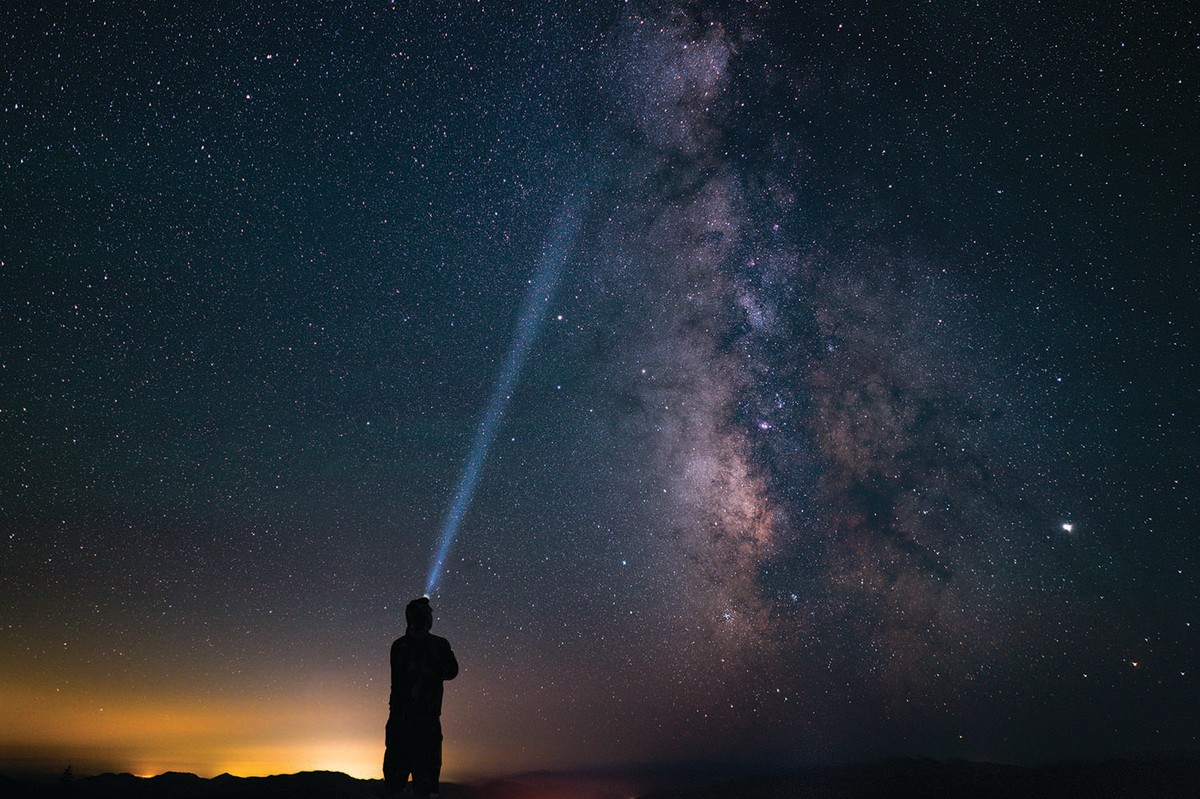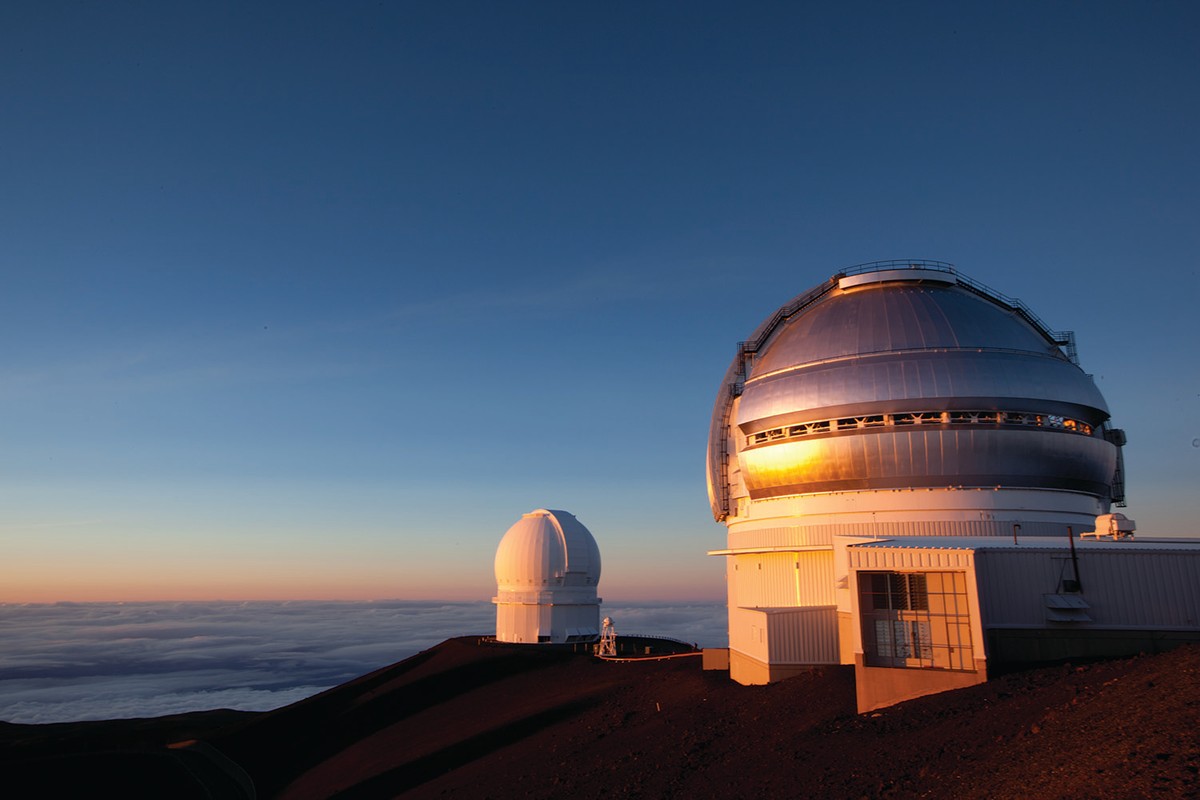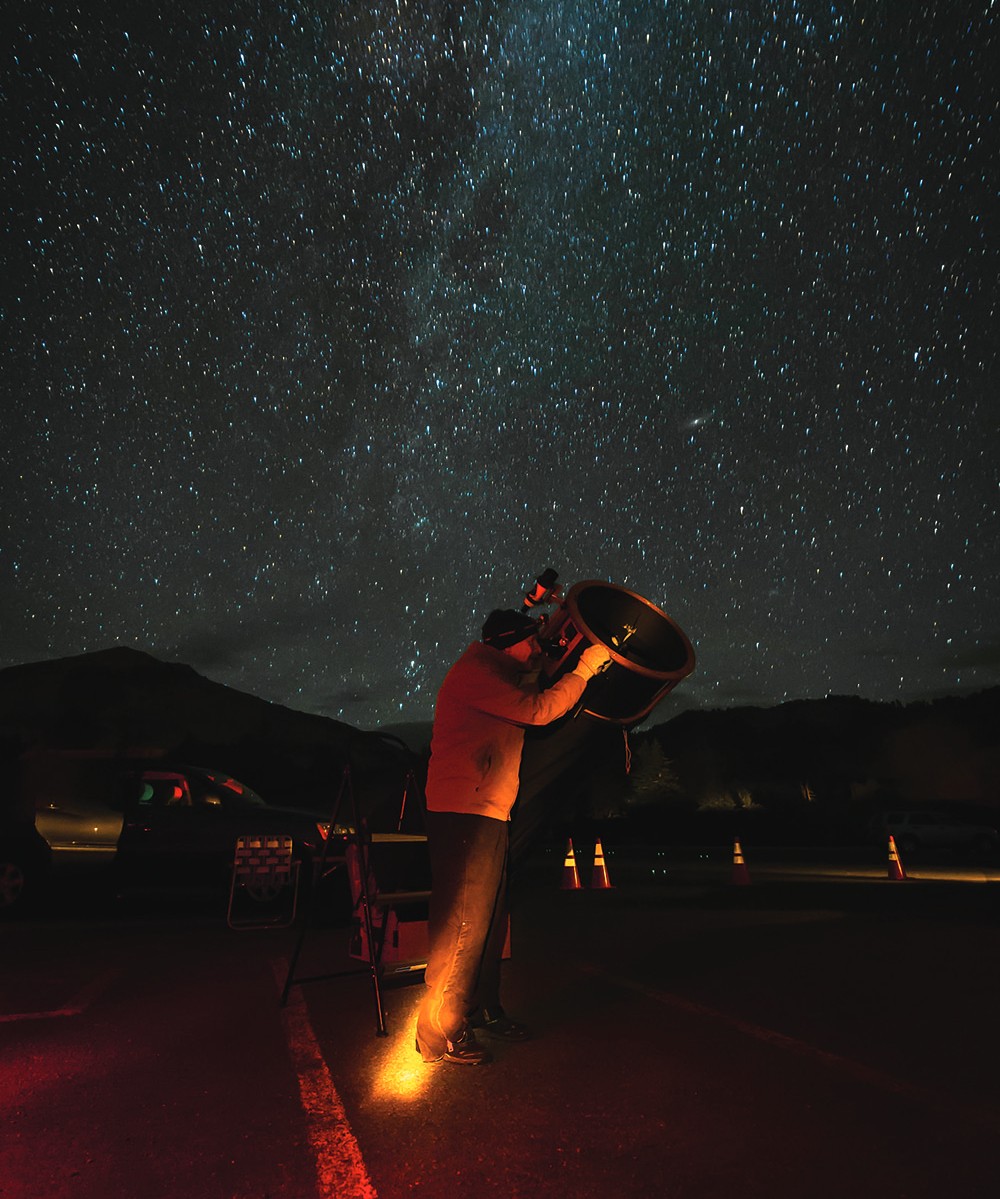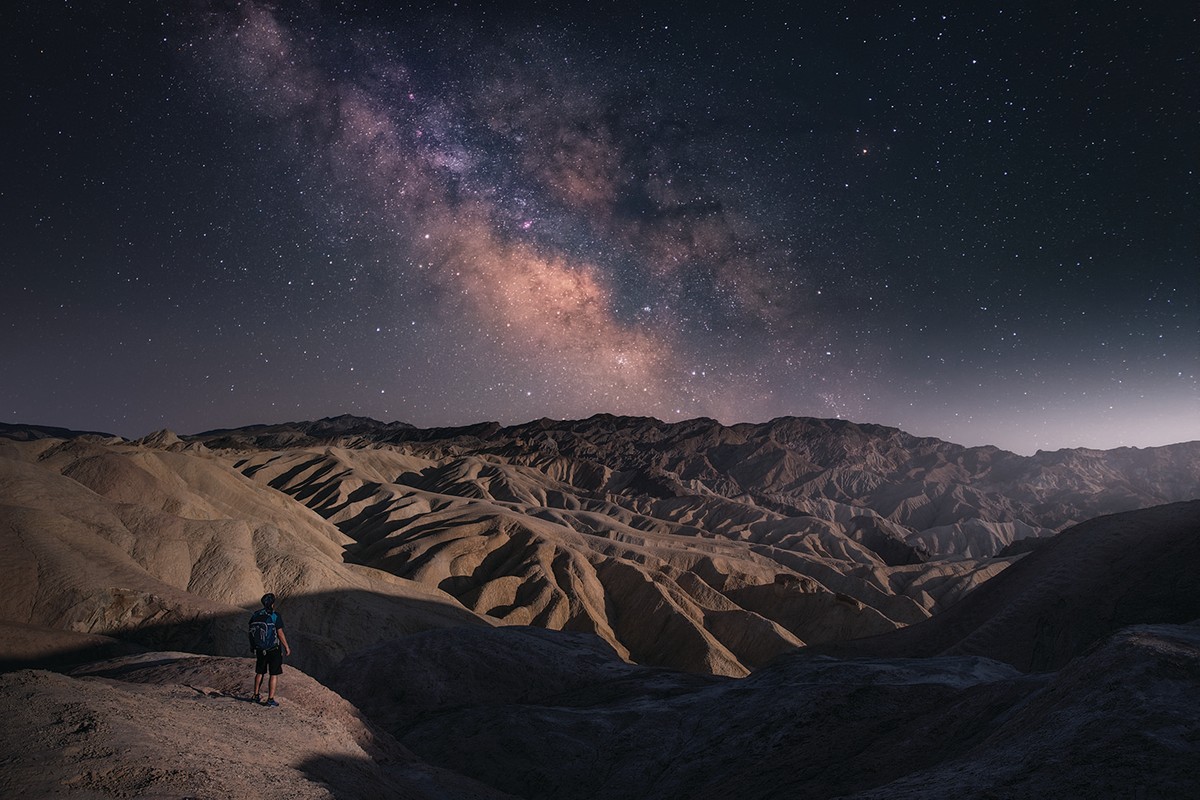CALIFORNIA
No U.S. state offers the variety of stargazing opportunities like California. Most notable is Death Valley National Park, a gold-tier International Dark Sky Park where the Milky Way can be spotted with the naked eye. (Only the neon glow of Las Vegas, some 100 miles away, prevents the skies from being even darker.)
A standout among the few lodging options within the massive, 3.4 million-acre park, The Oasis at Death Valley has taken measures to minimize light pollution in the area, providing a great home base for amateur astronomers.
Palm Springs, where several upscale resorts incorporate stargazing into their guest activities, is in close proximity to two International Dark Sky Parks: Joshua Tree National Park and Borrego Springs. Visitors can also enjoy the Rancho Mirage Observatory, which opened in 2018 as the rare observatory built specifically for public use.
Meanwhile, as one of the least visited and darkest national parks, Channel Islands National Park enjoys exceptionally low levels of light pollution from its position off the Southern California coast. The few visitors who make the trek and stay past sundown are rewarded with astounding stargazing opportunities.
In Northern California, Mount Shasta serves as a beacon for stargazers. The intrepid head to rugged Siskiyou County to drive 8,000 feet up—more than halfway to the summit—to appreciate the outdoors after dark. Local outfitters offer nighttime guided stargazing and spiritual hikes, while winter brings custom moonlight snowshoe adventures and the opportunity to ski under the stars at Mt. Shasta Ski Park.
Nearby in the Shasta Cascade region, the city of Redding attracts stargazers thanks to its proximity to Lassen Volcanic National Park, one of the world’s few locations where you can find all four types of volcanoes. The park offers starry-night ranger-led programs as well as the Lassen Dark Sky Festival, a free two-day astronomy festival usually held annually in August, featuring constellation tours, solar scope viewing, and live demonstrations.
Among the state’s myriad destinations for stargazing, none is as famous as the area around Yosemite National Park and the surrounding Mariposa County. Every year around late July or August, stargazers flock to Glacier Point on the south wall of Yosemite Valley to witness the Perseid meteor shower, when stars appear to rain down from the heavens. While summertime visitors to Yosemite take advantage of the multiple star-watching activities offered nightly, others decamp to the Ahwahnee Meadow or El Capitan Meadow, where sheer granite cliffs paint a dramatic landscape against the starry night sky.




